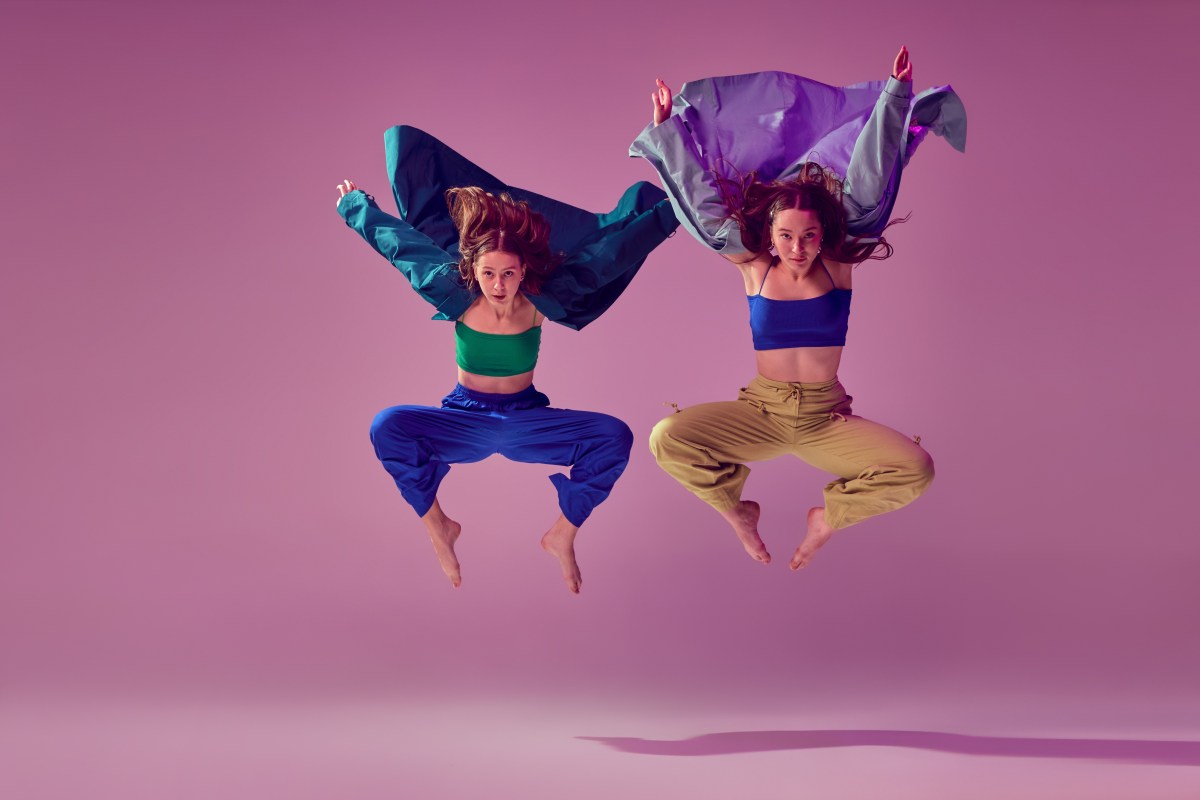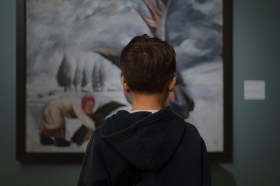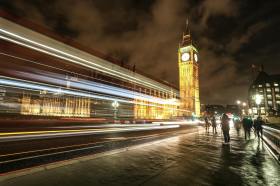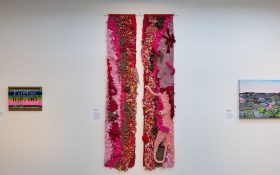Yesterday’s National Cultural Policy launch, dubbed Revive by the Federal Government, promised ‘a new era for Australia’s arts, entertainment and cultural sector’ and delivered much-needed optimism at a time when the stakes for artists, arts organisations and audiences have never been so high.
Low expectations
In the lead-up to the announcement, I polled my networks about what to expect. On the edge of recession, a full reversal of the last decade’s cuts seemed unlikely. A combination of no new cuts and no new money seemed more probable. Some predicted the announcement of policy-only initiatives that didn’t require additional investment. Or a snooze-button approach that would keep us guessing until May’s Budget. Others just hoped it wouldn’t implode like the Gillard Government’s short-lived Creative Australia, which was infamously derailed by its ‘tolerance’ of disabled people.
After almost a decade of policy drift and neglect, our sector is so bludgeoned by disappointment that the Albanese Government could have taken a win simply by stopping the annual haemorrhaging of Federal arts funding. But we are also so decimated by that experience that even a significant reinvestment could have seemed woefully insufficient.
Big wins
With $286 million in funding over five years, ‘there is a lot to like in the new cultural policy,’ consultant and arts adviser Kath Melbourne says, ‘restoring cuts made under Brandis, addressing mental, emotional and physical safety in arts workplaces, increased investment in regional arts and addressing inequities in artform funding distribution.
‘Even more wonderfully, a battle my First Nations colleagues have fought so hard for is finally being addressed with a First Nations-led body deciding on First Nations funding.’
This long overdue commitment to First Nations-led practice also includes full implementation of the Uluru Statement from the Heart, stand-alone legislation to protect First Nations knowledge and cultural expression, support for a National Aboriginal Art Gallery in Mparntwe/Alice Springs and Aboriginal Cultural Centre in Boorloo/Perth, and a new First Nations Creative Workforce Development Strategy and First Nations Languages Policy Partnership.
A newly Creative Australia
Prime Minister Anthony Albanese received applause at his mention of ‘a properly funded Australia Council,’ which will be reimagined as a ‘new home for public, private and commercial investment in the arts.’ Creative Australia will include:
- the reincorporation of Creative Partnerships (originally a 2013 consolidation of the Australia Council’s Artsupport and the Australia Business Arts Foundation)
- a dedicated First Nations-led Board to ensure autonomy and self-determination of First Nations artists and organisations (one of the key recommendations of last year’s ‘Bringing It Forward’ report)
- a new Centre for Arts and Entertainment Workplaces, which will support the development of requisite standards around pay, safety, bullying and sexual harassment – this is a huge win for unions and peak bodies, which have advocated on the urgency of these issues for years, as well as for the individuals who have come forward to share their stories
- in recognition of artform funding disparities, Music Australia will support and invest in the development of Australian contemporary music from later this year, and
- similarly, the work of Writers Australia will begin with the hard-won expansion of digital lending rights to authors and the establishment of a national poet laureate, followed by another autonomous division with an allocated budget of $19.3 million – while this represents a substantial increase in one of our lowest-funded artforms, we can only hope it learns from the last two failed attempts: 2010’s Writing Australia (which was ‘quietly defunded’ in 2012) or 2014’s Book Council of Australia idea (which was allocated $6 million of Australia Council funding and then disappeared (along with the money) after significant industry criticism.
There is, however, already some grumbling about whether the increased bureaucracy of four new agencies will take time, duplicate resources and/or create more problems than it serves.
‘How much of these returned funds will be eaten up in admin instead of directed into the pockets of artists and companies battered by the last decade?’ Melbourne asks. ‘How will these new siloed artform bodies respond to boxes artists no longer want to play within?’
‘These don’t need to be heavy footprint offices,’ arts leader and strategist Penny Miles says, noting that the overarching governance provided by Creative Australia will assist. As will the announcement from Minister for the Arts Tony Burke that ‘the Brandis cuts will be returned in full’ to help reverse the ‘slow strangulation‘ of the Australia Council and start to return our sector to its previously-funded level.
Other wins
The policy will also double regional arts funding and see National Gallery of Australia collections shared with regional and suburban galleries across the country. It promises to fund a new National Arts and Disability Plan, and recommits to arts and education, and arts and health programs. Plus it outlines plans for a Multicultural Framework Review and Local Multicultural Projects initiative, as well as the establishment of an Office for Youth and new youth engagement model.
It also addresses the loss of cultural data collection with a new commitment to publish a State of Culture report every three years, restores Screen Australia’s Games Fund, and puts a deadline for the introduction of Australian content regulations for streaming companies of July next year.
Mind the gaps
The launch and the policy were both disappointingly silent on the climate crisis, which requires an ‘urgent investment in personnel and expertise for the future sustainability of the arts sector and our planet’. Creative Australia’s re-engagement with the philanthropic community will need to be informed by the reduced tolerance for ‘artwashing’ (demonstrated by the recent call for Adelaide’s Museum of Economic Botany to end its relationship with Santos), dismiss the ‘all funding is good funding’ rhetoric, and not disadvantage organisations who approach fundraising from an environmental or ethical perspective.
Revive also fails to address current anxiety for the National Library of Australia’s Trove digital resource, which is at risk of being ‘shut down completely’ – though this may follow with the assessment of funds for collecting institutions promised as part of May’s budget (with fingers crossed that isn’t too late).
The policy mentions streamlining the Register of Cultural Organisations, but doesn’t mention its likely abolishment (still open for consultation until 19 February), which may distance members from their Minister.
While grateful for the return of what the Prime Minister called ‘this Labor tradition’, my biggest disappointment is with the policy’s continuing partisanship. Far from feeling, as Burke said yesterday, ‘the cultural wars from Government disappearing from Australia’s cultural policy’, the campaign and launch were littered with partisan rhetoric about the ‘calculated neglect’ of ‘a decade in which opportunity wasn’t so much missed, as thrown away’.
But ‘arts and culture policy is only sustainable if it is bipartisan,’ particularly given ‘no national arts and culture approach has ever survived a change in government in Australia.’
If a cross-bench approach was too much to ask, I’d hoped for an end to hostilities. Part of valuing our sector is not using us to score points against the other side. We need Revive to be more than a once-in-a-generation opportunity. We need it to be the status quo.
‘The Albanese Government’s great challenge,’ arts leader Esther Anatolitis wrote in the lead-up to the launch, ‘is to embed cultural policy across portfolios in such a way that it can’t simply be jettisoned following a change of government.’
That said, the policy’s many authors have both listened deeply and comprehensively showcased the sector’s diverse needs. ‘The advocacy benefits of the policy will help restore and accelerate the value of the arts across the whole of society, economic benefits, health, education,’ Miles says. ‘We cannot be immune to government terms and changes, but increasing the visibility of value will help.’
Revive now, thrive later
‘Revive’ is an appropriate name for a policy that recognises its deficit starting point and the sector’s ‘post’-COVID exhaustion. It is ambitious without losing perspective on either how hard things are or how much work there is to go. Whether it’s a game-changer or just a very good start, it leaves me with the unfamiliar hope that it will live up to its promise of a place for every story and a story for every place.
It’s clear from the sector’s resounding response that the policy also delivers to the arts sector the gift of feeling seen, understood and appreciated, and a starting point to repair our relationships with government.
‘Arts and entertainment are often undervalued precisely because they bring so much joy,’ Burke said at the launch. ‘You touch our hearts and you are a $17 billion contributor to the economy. You create art and you create exports. You make works and you provide work. You are entertaining and you are essential. You are required.’
This article was updated at 2.49pm 31 January 2023 to correct a quote attribution in the final paragraph.





